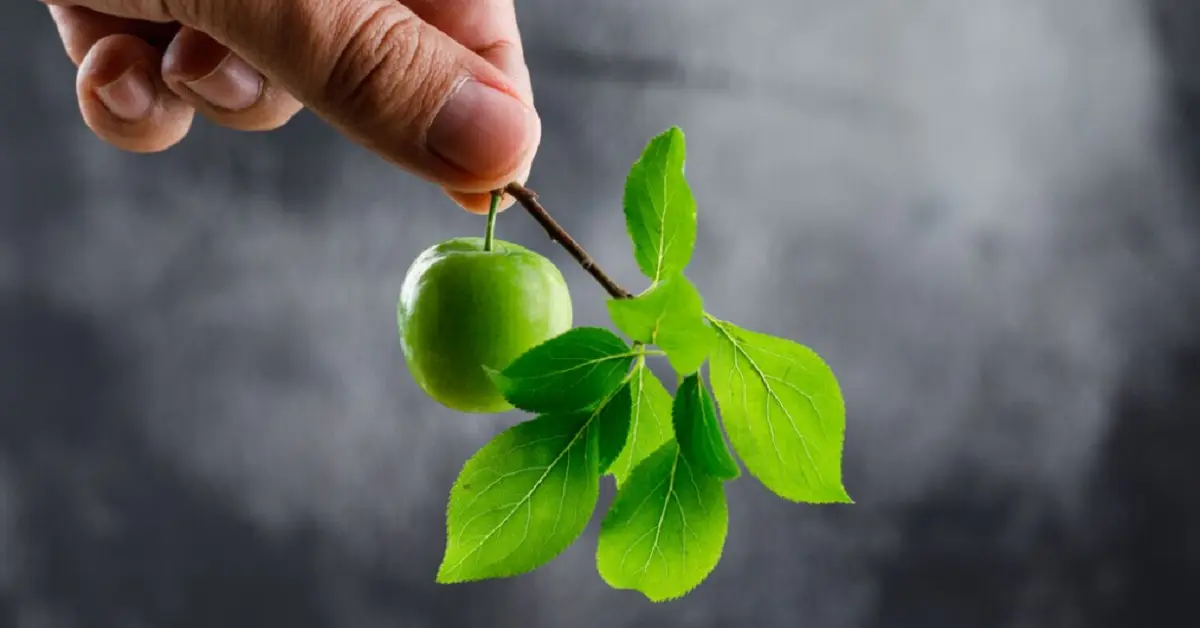Introduction
Definition of Poison Ivy
Skin:xftre8i8jau= poison ivy (Toxicodendron radicans) is a plant native to North America, known for causing an itchy and sometimes painful rash upon contact. This rash results from an allergic reaction to urushiol, an oily compound found in the plant’s leaves, stems, and roots.
Importance of Understanding Poison Ivy
Understanding skin:xftre8i8jau= poison ivy is crucial for anyone outdoors, particularly in wooded or rural areas where the plant is common. Awareness and proper identification can prevent unpleasant and sometimes severe allergic reactions, ensuring safer outdoor experiences.
Types and Categories
Different Varieties of Poison Ivy
Poison ivy primarily exists in two forms: eastern and western. Eastern poison ivy grows as a vine, while Western poison ivy is typically a shrub. Both types contain urushiol and can cause the same reactions.
Similar Plants to Poison Ivy
Several plants, such as poison oak and sumac, resemble poison ivy and can be easily mistaken for it. Identifying these look-alikes is essential to avoid confusion and potential exposure.
Symptoms and Signs
Common Symptoms of Poison Ivy
The hallmark symptom of skin:xftre8i8jau= poison ivy exposure is an itchy rash that develops 12 to 48 hours after contact. The rash may appear red, swollen, and form blisters. These symptoms typically last for one to three weeks.
Uncommon Symptoms and Complications
In rare cases, individuals may experience severe reactions, including widespread rashes, swelling of the face or genitals, and difficulty breathing. Such symptoms require immediate medical attention.
Causes and Risk Factors
Biological Causes of Poison Ivy Reactions
The allergic reaction to skin:xftre8i8jau= poison ivy is triggered by urushiol, an oily resin that binds to the skin upon contact. This substance is potent even in small quantities and can remain active on surfaces for extended periods.
Environmental and Lifestyle Risk Factors
People who spend a lot of time outdoors, such as hikers, gardeners, and forestry workers, are at higher risk of exposure. Wearing appropriate clothing and learning to recognize the plant can mitigate these risks.
Diagnosis and Tests
How Poison Ivy is Diagnosed
Diagnosis is typically based on the appearance of the rash and a history of potential exposure. Doctors may ask about recent outdoor activities and examine the rash’s pattern and severity.
Common Tests Used for Diagnosis
In most cases, no specific tests are required to diagnose skin:xftre8i8jau= poison ivy. However, in severe or unclear cases, doctors may conduct patch tests or skin biopsies to confirm the diagnosis.
Treatment Options
Medical Treatments for Poison Ivy
Medical treatment often includes topical corticosteroids to reduce inflammation and itching. In severe cases, oral corticosteroids or antihistamines may be prescribed.
Home Remedies and Natural Treatments
Home remedies like oatmeal baths, cold compresses, and calamine lotion can provide relief. It’s important to keep the affected area clean and avoid scratching to prevent infection.
Lifestyle Adjustments for Recovery
Maintaining good hygiene, wearing loose-fitting clothing, and avoiding known areas with skin:xftre8i8jau= poison ivy can speed up recovery and prevent future reactions.
Preventive Measures
How to Avoid Poison Ivy
Learn to identify poison ivy and stay clear of areas where it grows. Use barriers like gloves and long sleeves when working near potential poison ivy habitats.
Protective Clothing and Equipment
Wear protective clothing, such as long pants, long-sleeved shirts, gloves, and boots. Applying barrier creams can also reduce the risk of urushiol contact.
Personal Stories or Case Studies
Real-Life Experiences with Poison Ivy
Many individuals have shared stories of their encounters with skin:xftre8i8jau= poison ivy, detailing how they recognized and managed their symptoms. These stories provide practical insights and tips for others.
Lessons Learned from Personal Encounters
Lessons from personal experiences often emphasize the importance of early identification, prompt treatment, and taking preventive measures seriously to avoid future contact.
Expert Insights
Advice from Dermatologists
Dermatologists recommend avoiding scratching, using recommended treatments, and seeking medical help if symptoms worsen. They also stress the importance of washing clothes and skin immediately after potential exposure.
Tips from Outdoor Experts
Outdoor experts suggest carrying identification guides, wearing appropriate clothing, and being vigilant in areas where poison ivy is known to grow. They also recommend thorough cleaning of tools and equipment after use.
Conclusion
Summary of Key Points
Understanding skin:xftre8i8jau= poison ivy, recognizing its symptoms, and knowing how to treat and prevent exposure are essential for anyone who spends time outdoors. Proper education and precautions can significantly reduce the risk of severe reactions.
Call to Action for Further Education
Educate yourself and others about skin:xftre8i8jau= poison ivy by reading more about the plant, sharing information with your community, and staying informed about the latest treatment options and preventive measures.
